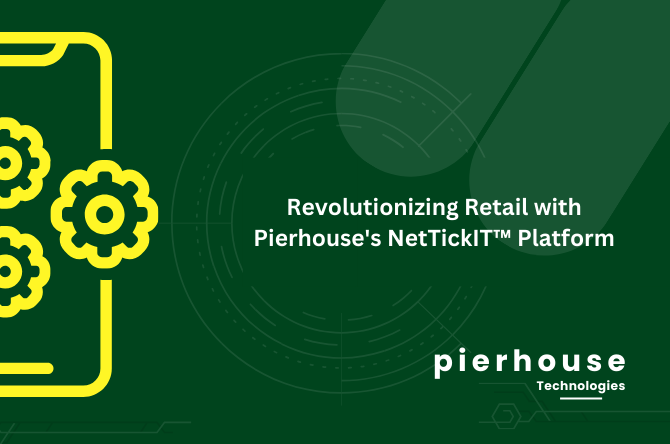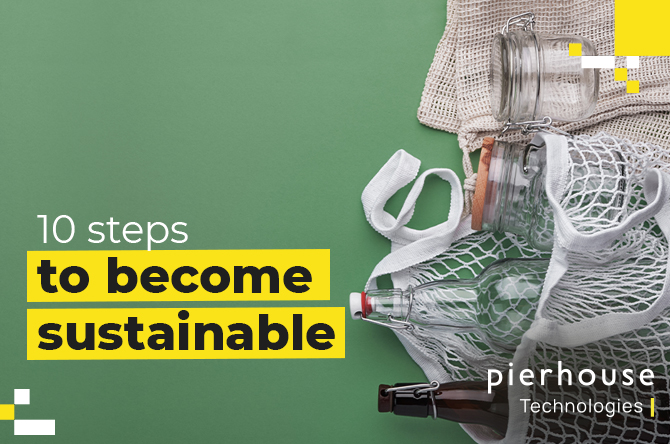Digital technology is disrupting the retail market and transforming the mechanics of the customer buying journey. Attracting, retaining & pleasing customers across all channels at all times remains a key objective. In the last few years the lines have blurred between the online experience and in-store engagements. Digital is the new buzzword representing this phyital space. Digital is now a central component of retail and getting this blend right will dictate future success. According to Deloitte Consulting digital technologies influence around 50% of retail sales and this is set to rise. So how can retailers respond to this challenge and bring this to life in-store?
Online vs In-store
For many years experts predicted that online would spell the end for the traditional high street. This has certainly not been the case, and instead as customer demands have evolved, these channels can no longer be viewed in isolation but need to be seen in the wider context of the overall customer journey. According to POPAI, 82% of purchases are still made in-store. In recent years we have seen many pure play retailers, such as Amazon, open bricks and mortar stores to showcase their goods and compete with the traditional retailers, highlighting the need for physical selling spaces as well as online functionality. The most successful retailers have been those that have embraced digital technologies providing strong social media channels, good search capabilities, excellent online navigation, and relevant local search information, coupled with compelling bricks and mortar stores.
Today there are 2bn consumers worldwide armed with smartphones and figures suggest that 90% of these owners are using their devices as part of the shopping process. This does not have to pose a threat to retailers, instead it can be turned to their advantage. Figures from Deloitte Consulting show that consumers who use a digital device during their shopping visit are actually 40% more likely to convert, with 22% of customers buying more when they are digital users. Providing WiFi access, shopping apps and other interactive services in-store can generate additional revenues and actually drive customer loyalty.
Bringing the power of online in-store
Research from Google suggests that 2 out of 3 consumers cannot find the relevant product information that they need in-store and as many as 43% leave frustrated without making a purchase. Shoppers are increasingly turning to their smartphones for answers and in many cases this leads to greater spend within stores. 71% of in-store shoppers who use smartphones for online research say their device has become more important to their in-store experience. Retailers need to match branding, offers and product information at the shelf edge so that there is a seamless experience from the online world into the bricks and mortar store as this will increase conversion rates, drive sales and boost loyalty.
Big data analytics can take this a step further enabling retailers to identify target groups for more effective engagements but real time implementation tools are needed in order to bring this insight into store action at the shelf edge so that specific messages and offers are communicated effectively. Mobile payments and technology innovations within stores can also help to improve the customer experience. The Internet of Things (IoT) enables even greater personalisation and interactivity between products and consumers, and the roll out of beacons, augmented reality and RFID projects can all help to bring the digital elements alive in the physical store. We have already seen examples of smart changing rooms and magic mirrors appearing within flagship stores to bring the shopping experience alive.
Digital is not “if” or “but”, it’s now
Digital is the crucial link between online social channels and physical stores and getting this right will dictate winners and losers. Retailers should focus on the adoption of flexible technology as part of upgrades to their legacy systems and when setting their digital strategy. Implementing strong data platforms that can bring diverse technology sets together working from single compliant sources of data will help to bring greater personalisation, improved brand consistency and a seamless customer experience, driving sales across all channels and connecting with consumers at all levels to drive brand loyalty.





